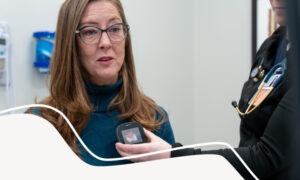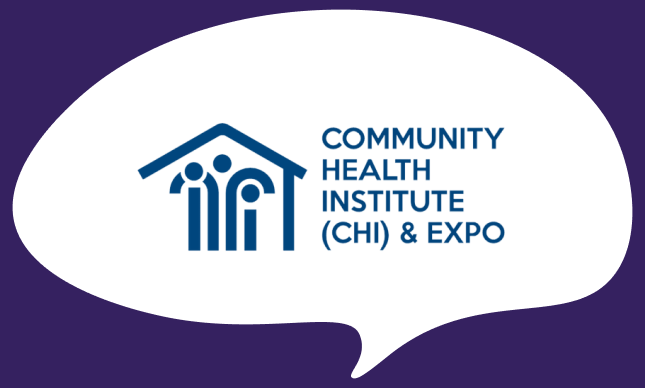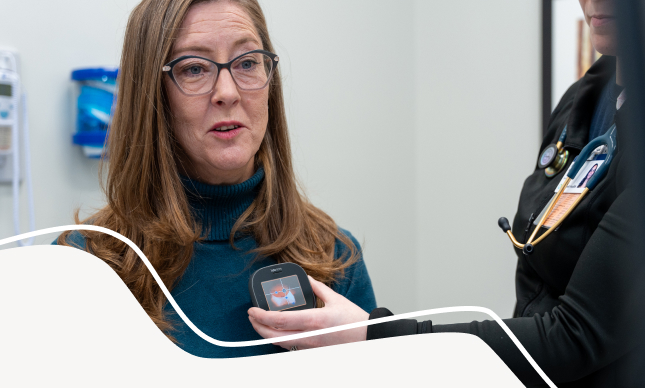Optimising Elective Recovery

Long lists of NHS patients wait to receive vital elective treatments. What is the NHS Elective Recovery Plan, and how can technology be used to help meet its goals?
Delays, staff shortages, and health inequalities
Prior to the pandemic, there was already a sizable backlog of 4.4 million patients awaiting elective services. COVID-19 caused that number to skyrocket to over 6 million patients on waiting lists for elective care. The NHS aims to deliver 30% more elective activity than before the pandemic by 2025 and has dedicated £8 billion to meet that goal.
The backlog has led to poor health, frustration, and distress in the present, but there is further concern over what lies ahead in the future. Delay and neglect in managing patients’ health today is likely to result in worsened conditions down the line, which will cause an even greater eventual demand on health services. An ageing population also requires more care, which translates into more clinician time, exacerbating the effect of staff shortages.
To compound challenges, the NHS is also facing an unprecedented staff shortage. Job vacancy numbers are the highest they’ve been in a decade, and many vacancies go unfilled for years. Staff shortages have compounded waiting times; doctors often have month-long waiting lists, and certain specialists have waiting lists of 1-2 years.
While the pandemic has heightened NHS challenges post-COVID, the impact has not been felt equally across population groups. People living in disadvantaged areas and on lower incomes, as well as those from Black, Asian, and Minority Ethnic backgrounds were found to be more likely affected, bringing to the fore already existing healthcare inequalities.
Addressing the backlog
The NHS has been making strides to deal with the elective care backlog. The NHS Elective Recovery Plan aims to add dozens of diagnostic and surgical hubs, separate from main hospital sites. This is crucial, as the UK has among the lowest hospital bed capacity per head among developed countries, with many hospitals typically overfilled.
Some hospitals and trusts have introduced extra clinics and operating sessions, a challenging task in the face of staff that is already worn thin. New policies will allow patients to have their operations carried out at a hospital further from home if it has extra capacity, though logistical challenges such as transport make this option less likely to be utilised.
Technology is also being implemented to address the problem. Surgical robots are being implemented at more hospitals, bringing with them the ability to reduce recovery time and post-operative hospital stays. Booking apps are another digital approach being applied to schedule and prioritise treatments. Referred to as patient-initiated follow-up, it, too, is set to be a major component of the Elective Recovery Plan.
Streamlining follow-up care
The Elective Recovery Plan involves new thinking regarding outpatient and follow-up care. Routine follow-ups in stable patients can often be wasteful or unnecessary. Cancellations or “no shows” tie up precious time that could otherwise be used for important appointments. Some in-person appointments can easily be carried out more efficiently through remote care.
Remote follow-up appointments can help address staff and scheduling challenges. Groups such as the Association of Anaesthetists and the Royal College of Physicians have raised concerns about the feasibility of the NHS Elective Recovery Plan, as it fails to address the need to increase clinical workforce numbers. Years of recruitment and training are needed to infuse the medical workforce with experienced senior clinicians capable of effectively addressing the shortfall.
Technological approaches
The NHS has set aside technology funds to aid in the elective recovery process, and these can be particularly useful for monitoring outpatient follow-up care. Virtual wards provide remote care, checking patients’ healing, recording their vital signs, and reducing preventable hospital readmissions.
TytoCare is already being used around the world to support patient care post-discharge. Henry Ford Hospital’s Mobile Integrated Health service allows patients to avoid ED readmissions post-discharge. Recovery at home using TytoCare provides physicians with reliable patient information that enhances treatment decisions, leading to an over 45% ED avoidance rate.
At Calderdale and Huddersfield Foundation Trust, patients were effectively treated within the ED with TytoCare’s high-quality remote virtual care. Isolating doctors maintain care continuity with patients, preserving patient safety and reducing waiting times. Virtual consultations have enabled streamlined, reliable care for ED patients, and can certainly continue to support many of these patients after they are discharged as well.
Waiting lists for elective care services continue to grow, even as plans to minimise them begin to be put into action by the NHS Elective Recovery Plan. Implementing remote and digital approaches to solving the backlog will enable lifesaving care to reach as many patients as possible.





